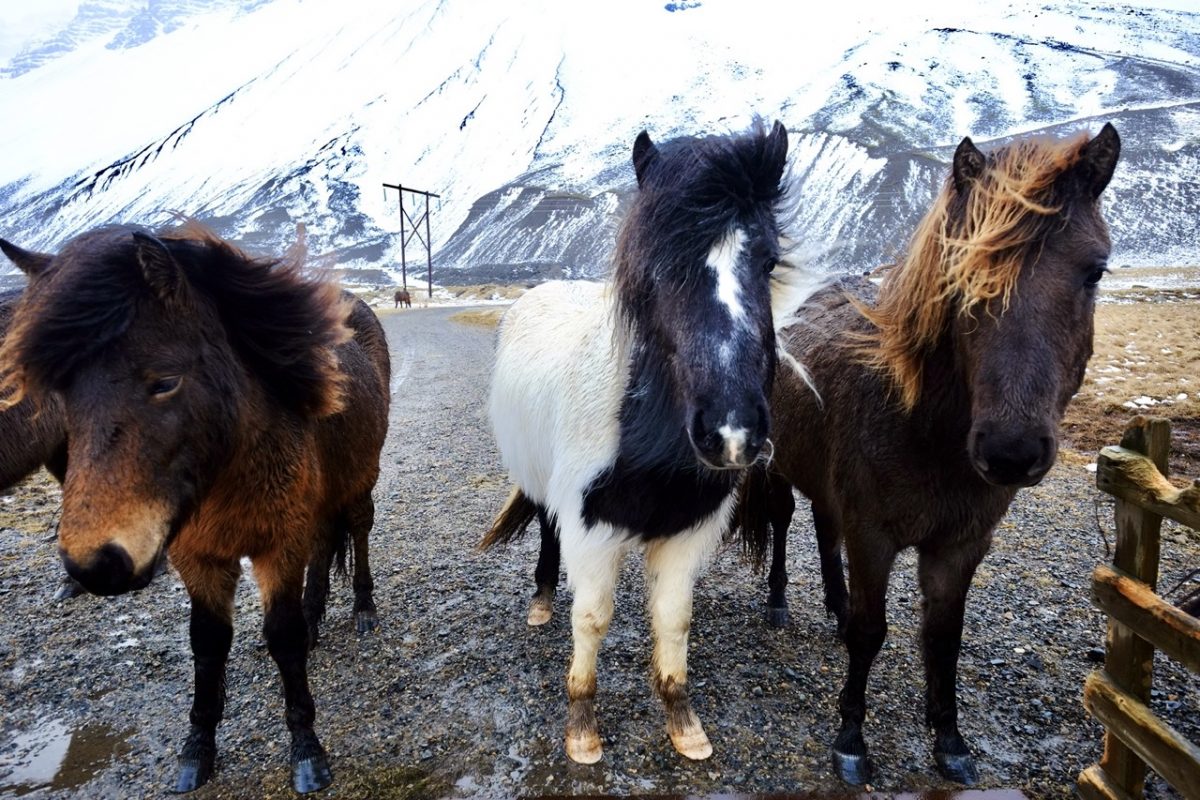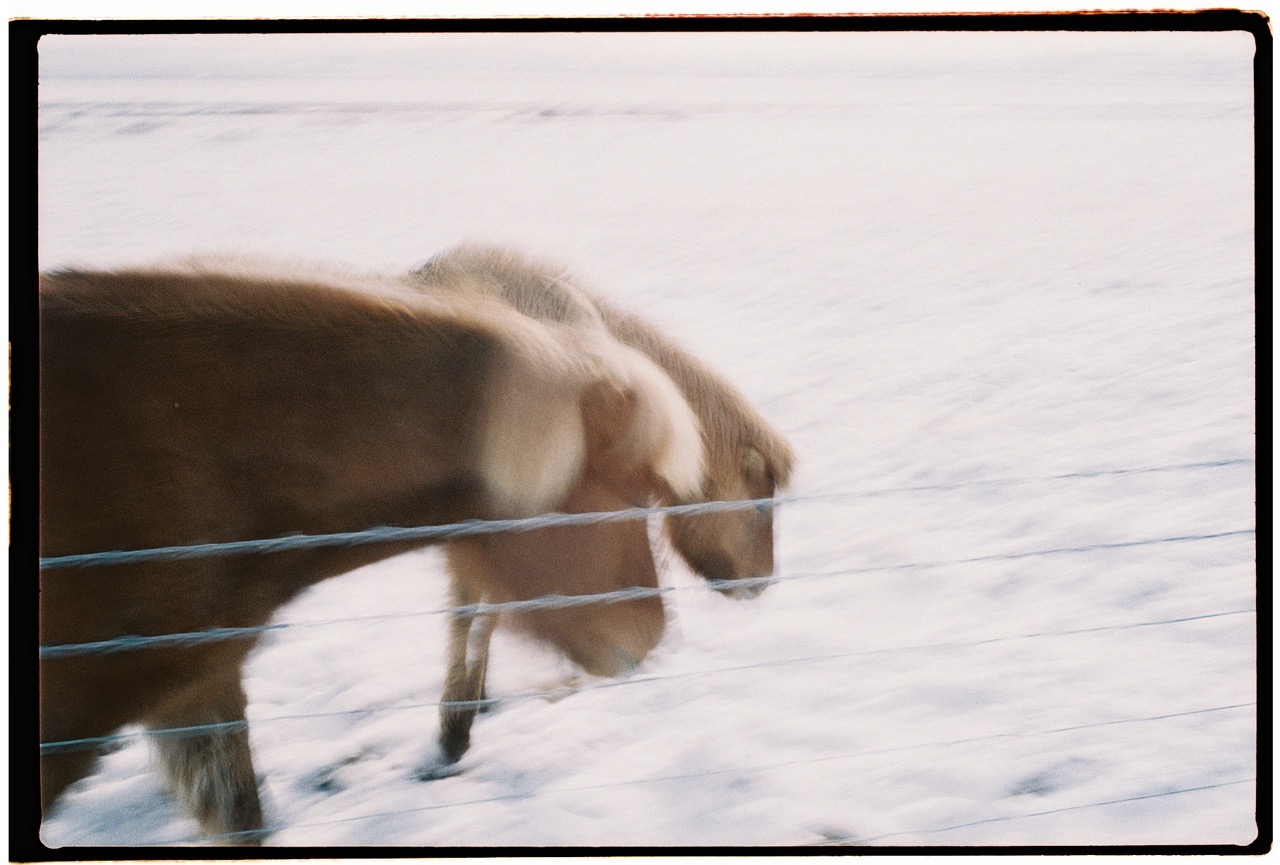
Everything about the lovely Icelandic horses
Horses would have been imported by the Vikings between the end of the ninth and the tenth century. And this is perhaps why we find mostly small horses. They were the only ones that could fit into the Viking ships without endangering the crew in case of bad weather. In any case, this breed of horse has adapted quite well to the Arctic climate and has become a breed in its own right. In the space of a few centuries, a natural selection took place and only the most robust specimens or the best adapted to the climate were able to survive and reproduce.
The Icelandic horse is known worldwide for its robustness and its rustic side. As far as character is concerned, the Icelandic horse is a very generous and trusting animal. If you go to Iceland and stop by a meadow or a paddock you will be quite surprised to see horses coming to meet you quite quickly.
The 5 gaits of the Icelandic horse
We know the walk, trot, and canter. These are the three classic gaits known throughout the world and practiced in all competitions. But the Icelandic horse has a secret weapon. It is the only animal in the world that can perform five different gaits.
1. The walk
This is a common gait composed of four beats. When the horse walks at a walk, it makes beautiful, wide, and rhythmic movements.
2. The trot
This gait is classified as a diagonal gait. Generally, when training horses, this is the gait that is used. The trot allows the horse to warm up gently and is an intermediate step between the walk and the canter.
3. The tölt, the specialty of the Icelandic horse
This gait is composed of four beats. It is recognizable because the horse always has one or two feet on the ground. Because there is no suspension time, the horse keeps indisputable stability. For the rider, it is a very comfortable gait and for the horse the tölt allows it to move forward on wet ground without putting itself in danger.
4. The pacing
This fast gait is a kind of tölt, but much wider. To describe this fourth style in more detail, we can say that the amble is a lateral gait that takes place in two steps with a pause between each movement.
5. The Gallop
This is the fastest gait and is broken down into three beats. It is easy to recognize. The gallop is a gait that has the particularity of having beneficial effects on the animal’s health.
A little more about the Icelandic horse

The Icelandic horse is characterized by its small size. Indeed, its height at the withers varies between 135 centimeters and 145 centimeters. It is easily recognizable thanks to its large head and its large mane. In Icelandic, this breed of horse is called Hestur. Some might be tempted to compare it to a pony. Indeed below 148 centimeters, horses are categorized as such. But the Icelandic horse is the exception that proves the rule. Its strength, its rather long croup, and its carrying capacity make it definitely a horse.
When horses approach you, don’t hesitate to approach them and look at the color of their eyes. Indeed, some Icelandic horses have blue eyes and this is called “splash”.
Silver-gray horses are also the most sought-after.
camera used: Leica M6, 35 mm lens and x-pro 1, 21 mm lens
Photo credits: Yann Vernerie
Translated with www.DeepL.com/Translator (free version)